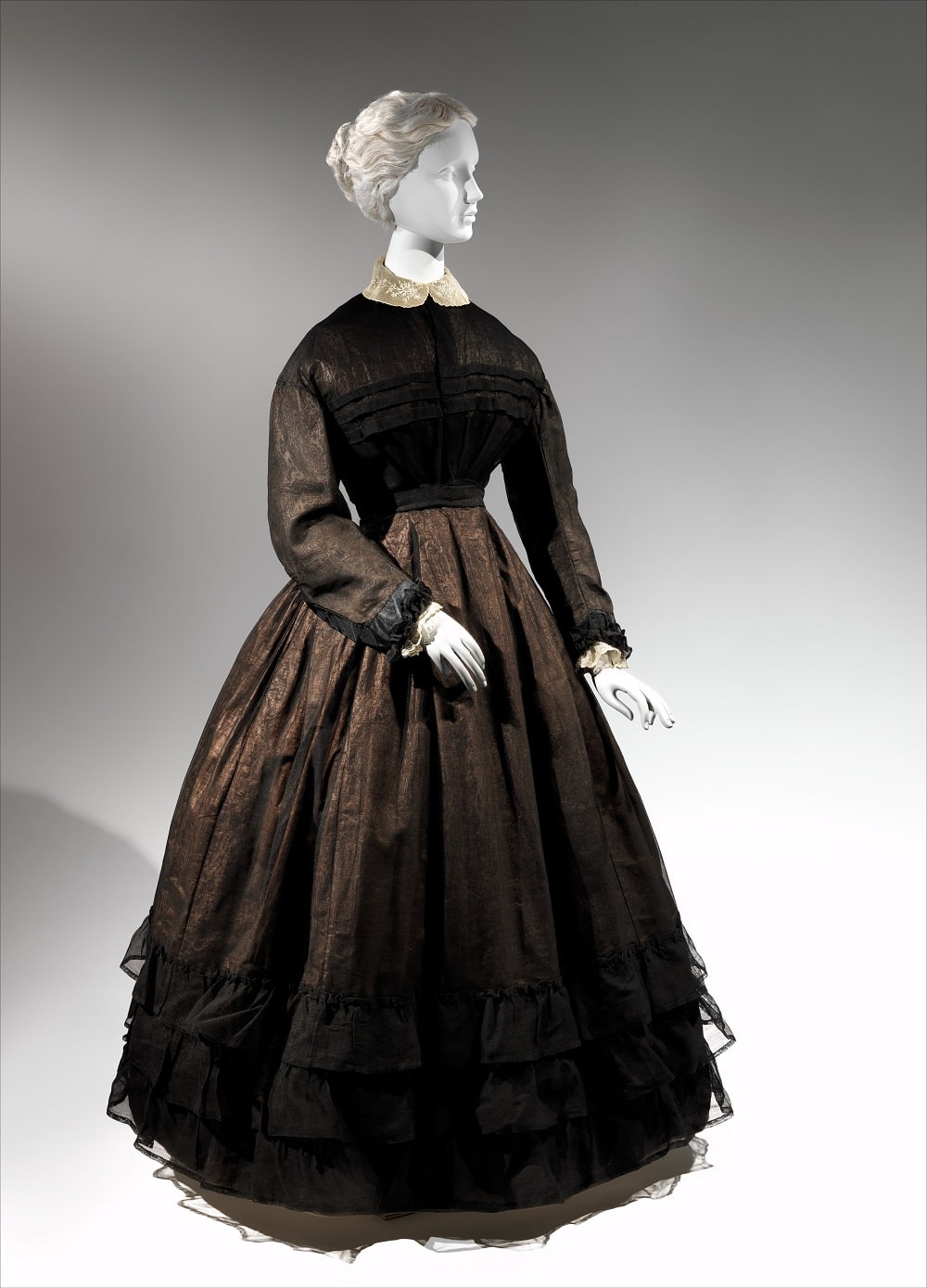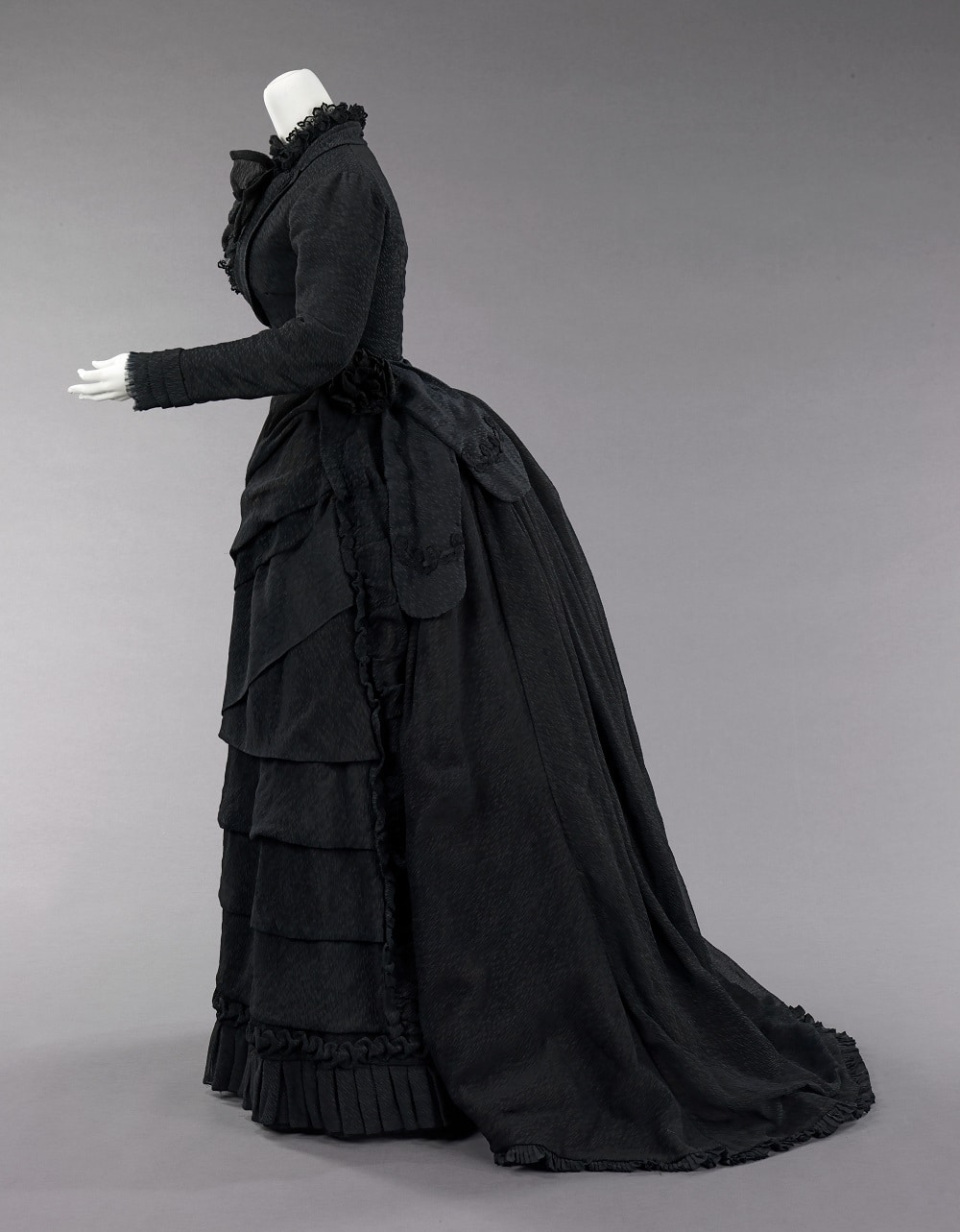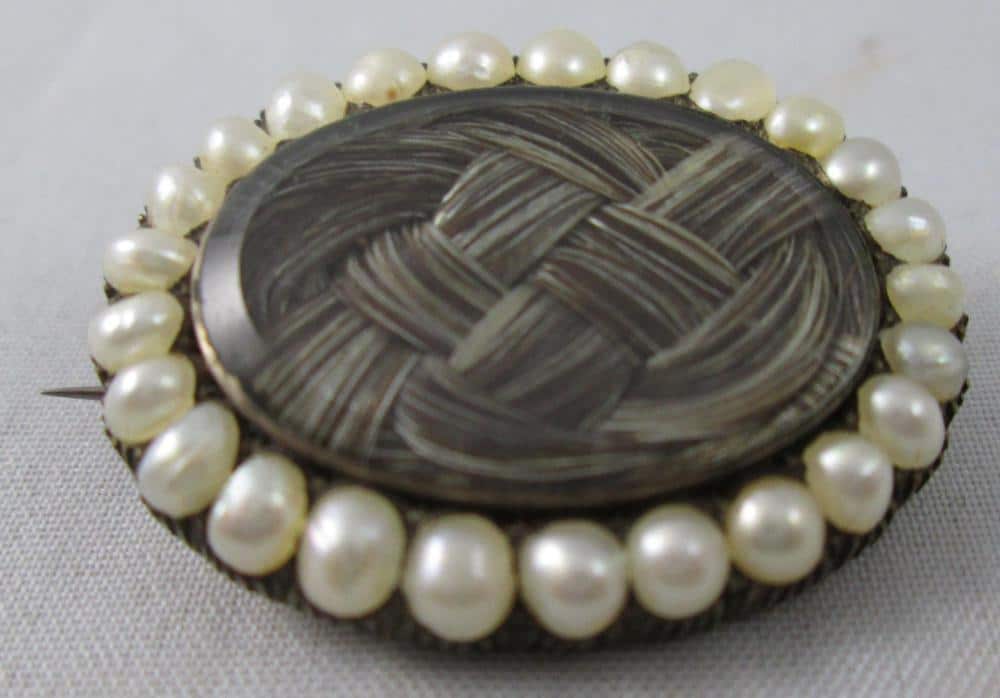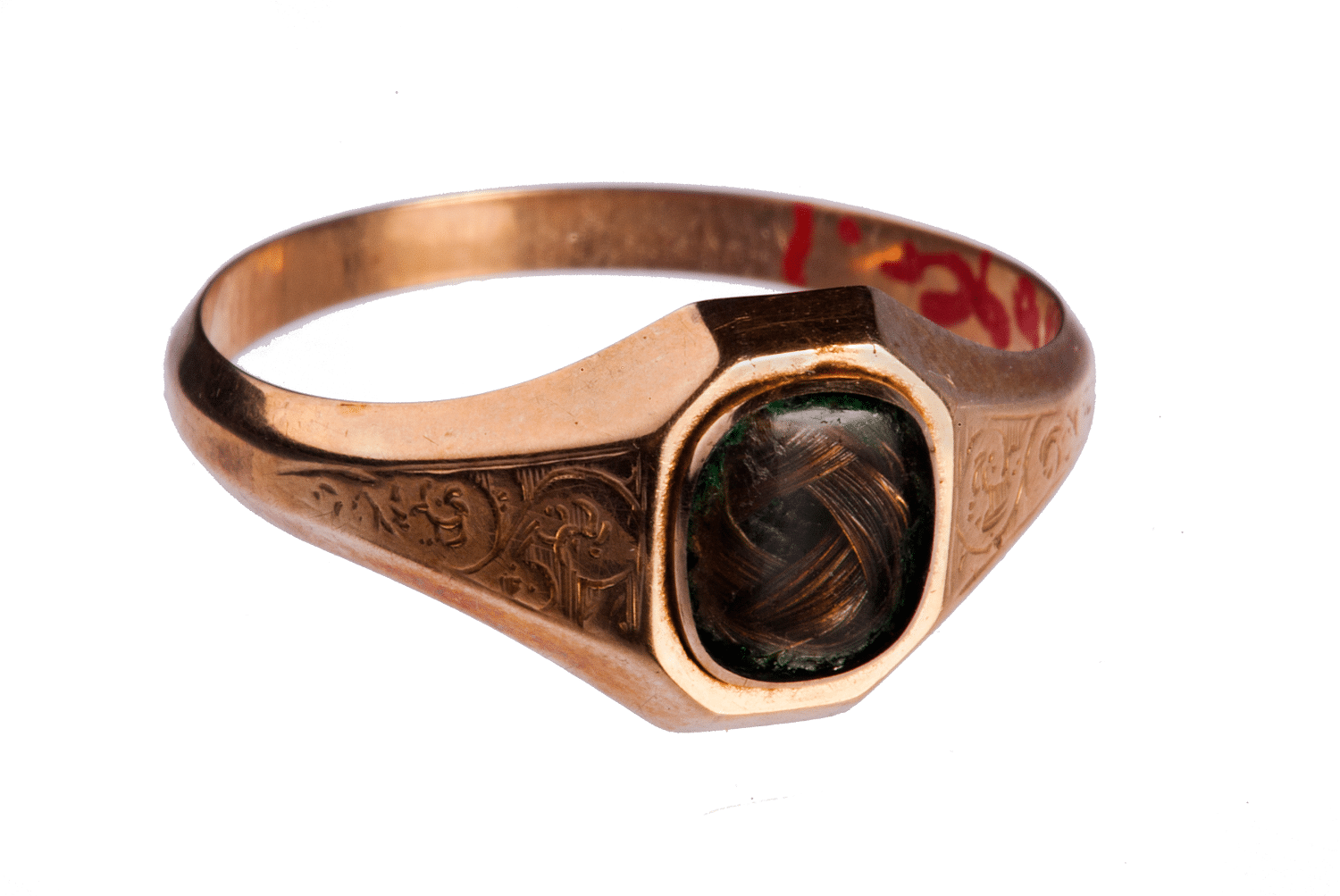Background
By the end of the Civil War, about 750,000 soldiers had died as a result of battlefield wounds or disease. These soldiers left behind parents, wives, siblings, and children who mourned their passing and sought to preserve their memories.
About the Artifacts
When a middle- or upper-class nineteenth-century woman lost a loved one, she was expected to wear all-black mourning clothing for an extended period of time. Some women made simple mourning dresses themselves (Mourning Dress, 1867). Wealthier women hired dressmakers to create mourning clothing according to the latest fashions (Mourning Ensemble, 1870–1872). Mourning clothing was almost exclusively worn by women. Men in mourning wore black bands on their arms or hats for a much shorter time than women.
The period of time a woman was expected to wear mourning clothing depended on how close she was to the person who died. Advice on timing was widely available in women’s books and magazines. Widows were expected to mourn for two and a half years. Mothers mourned a child for one year. They started in a period of “deep mourning,” during which they could only wear plain black dresses. After this period, women were allowed to add white details or tasteful mourning jewelry to their outfits. Women then progressed to wearing lilac, before they could finally return to wearing other colors. These steps were intended to mimic the emotional journey of grief, from deep sadness to acceptance. Some widows chose to wear black for the rest of their lives to signify their loss.
Mourning clothing was very important to women during and after the American Civil War. Northern stores opened entire departments dedicated to the latest in mourning fabrics and fashion. In the South, women often complained that they could not find enough black material for mourning dresses. For women on both sides of the conflict, mourning clothing was one way to express and process their grief. After the war, mourning clothing gave women a way to publicly memorialize the loved ones they had lost.
Vocabulary
- mourning clothing: All-black clothing made with special fabric that was worn while a woman was grieving the death of a loved one.
Discussion Questions
- What do you notice about these dresses and jewelry? What makes them appropriate for mourning?
- Why do you think women took wearing mourning dress so seriously?
- What is the value in mourning rituals like those represented by these artifacts? What do they provide for people who are grieving?
Suggested Activities
- Examine these artifacts during any lesson about the American Civil War’s lasting impact on civilian life.
- For more information about Civil War casualties and women’s role in caring for them, see Nursing.
- Use these artifacts to enrich your lessons on Mary Todd Lincoln.
- To learn about the challenges war widows faced in the Reconstruction era, see New York Exchange for Women’s Work.
- Ask students to compare and contrast Civil War era mourning rituals with modern-day traditions. What mourning rituals do they observe in their families and communities? How do these differ from nineteenth-century rituals? What do these differences reveal about the cultures they reflect? Is there any value in embracing customs from the past?
Themes
DOMESTICITY AND FAMILY










